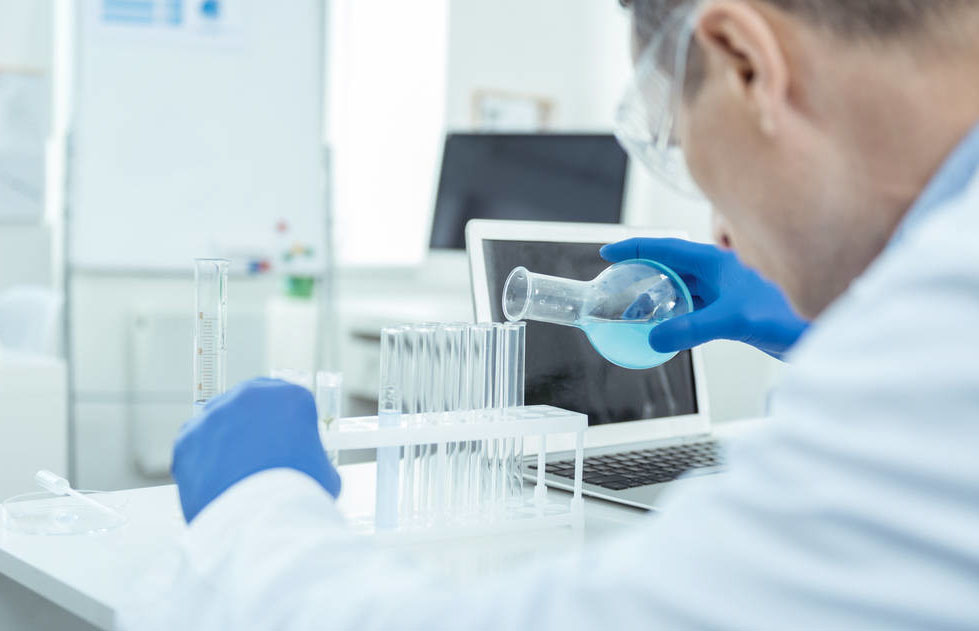As an important additive in industries such as coatings and inks, leveling agents have undergone an evolution from traditional chemical synthesis to green environmental protection, reflecting the industry's pursuit of a balance between performance, environmental protection, and sustainability.
Early leveling agents were mainly organic solvent based, such as polyacrylate and organosilicon (such as polydimethylsiloxane), which improved coating leveling by reducing surface tension. Single performance, only focusing on leveling effect, with limited improvement in coating weather resistance and wear resistance. And it contains a large amount of volatile organic solvents, polluting the environment.
In the early 21st century, water-based leveling agents were mainly used, with water as the dispersing medium, resulting in a significant reduction in VOC content (such as water-based polyurethane leveling agents). However, due to high costs, market acceptance is limited.
Nowadays, green and environmentally friendly leveling agents are mainly used. With the popularity of water-based coatings, low VOC water-based leveling agents have been developed. With the development of intelligence, temperature sensitive leveling agents that have emerged in recent years can trigger leveling behavior at specific temperatures and adapt to complex curing conditions.
The evolutionary essence of leveling agents is the integration of materials science and sustainable development concepts, and in the future, innovation will continue to revolve around the "high efficiency environmental protection low cost" triangle balance.


 English
English
 Chinese
Chinese Vietnamese
Vietnamese
 HOME
HOME
 PRODUCT
PRODUCT
 NEWS
NEWS
 CONTACT
CONTACT


